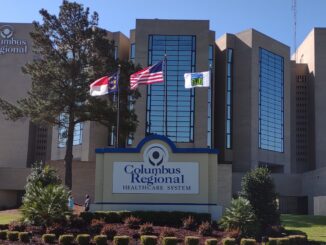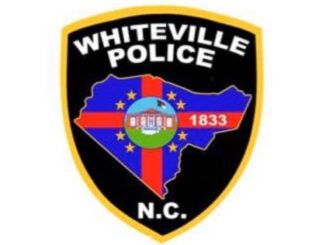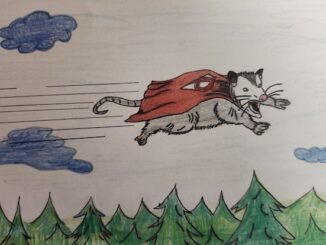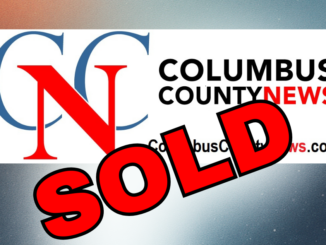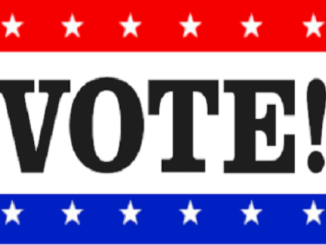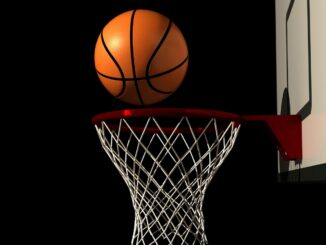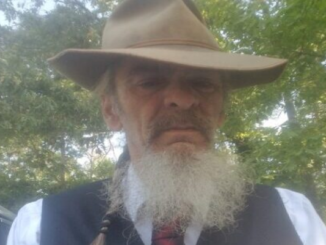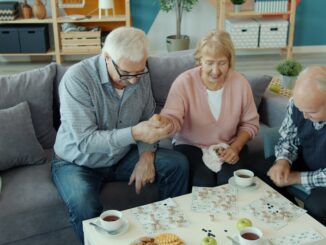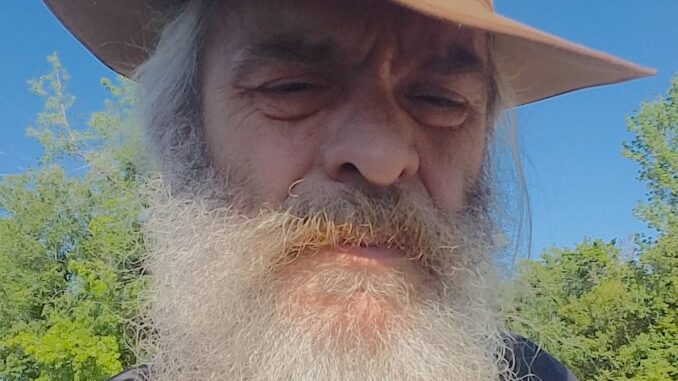
We were knights, pilots, adventurers, daredevils and the good kind of motorcycle gang members.
In reality we were just kids on bicycles, but the world was ours, as long as we got home in time for supper, or when school was out, by 9:30.
I was late learning to ride a bike; going to a different school than most of my peers, and preferring the company of my dog and adults, I lacked the encouragement and positive pressure to really master a two-wheeler. My brother Mike, almost a professional bike rider, threw up his hands in frustration. After the third time catching a limb of a crabapple tree in the forehead, I finally resorted to using an old motorcycle helmet. When at last I did manage to stay upright, and the helmet tossed aside, there were few places I wasn’t willing to ride, with my dog Dudley faithfully and sometimes frantically running alongside.
The learning curve was a steep one for me, but the alley beside our house was mostly paved. It was a bloody process, but through the assistance of a neighbor who was a year my junior, I finally got the hang of balancing, pedaling, turning and stopping.
My first bike was a castoff pale blue girl’s model given to me by my Uncle Bob; we spent a couple hours making sure everything was in running order before somehow getting it into the back of my father’s Oldsmobile. I fretted that whole first night that someone would steal it while it was outside.
Papa and I painted it dark blue, and it wasn’t long before I joined the ranks of the other kids who got fussed at for riding on sidewalks or the street. I was always confused —if we weren’t supposed to ride on the sidewalk, and we weren’t supposed to ride on the street, what were we supposed to do? Try to force those skinny 26 x 1 3/8 inch tires through the grass?
We moved the next year, and thankfully, the sidewalk issue was resolved: there simply weren’t that many in our new town, and since there was only one major road going through town, riding on the street wasn’t as much of an issue.
One bright, perfect Eastern Sunday, there was a shiny new three-speed parked on the front porch. I had admired the bike multiple times when I trundled my lawnmower from one shaggy lawn to another, or en route to one or other of the assignments that got in the way of fishing, playing ball, hunting or just being a kid. I do not recall the price tag, but I knew it was more than I could afford. I bravely spoke to the owner of the store about possibly putting it on layaway, but he wasn’t impressed by the $15 a week I was earning then as a lawnmower-pusher.
In all honesty, either of my bicycles was a better option for transportation for much of that first year, until after we got everything fixed. I never appreciated the poetic justice of riding my bicycle to the auto parts store, the salvage yard or the gas station.
The bike had bright chrome fenders, a silver-blue paint job, a luggage rack on the back, and multiple reflectors that were not held on with wire (my early training days were rough on reflectors). There were matching grips on the handlebars. The tires had wide white walls, and the nubs showed that it had never been ridden hard, much less put up wet. I didn’t ask my folks for it, oddly enough. I likely mentioned it once or twice, but I knew they couldn’t afford a new bike, especially when I had a perfectly serviceable one.
In retrospect, I should have been more thankful for the bike I had, and the love it represented, even if it was handed down from a female cousin. Retrospection and introspection have very little place in the mind of the average 13-year-old, however. My friends all had newer bikes, and while they didn’t pick on me that much, they still joked a little more than I liked.
My new bike was “too good” for hauling my lawn mower, but it did famously for everything else. I could keep up with and occasionally outrun my friends and their ten-speeds (momentum played a role in this, since even with riding dozens of miles a week, I was a chubby kid). For a long time, I babied it, washing it, carefully oiling the chain and the hub, and making up things to maintain. A few times that meant a trip to the real repair shop, so my maintenance could be professionally repaired.
As usually happens in such cases, my first bike was relegated to a forgotten place beside the shed, under a huge hydrangea bush. My old blue bike developed a flat one day, and I ended up limping home on a bent rim and a flat tire, hauling my mower, so the “new” bike was put into service as the mower-puller, camping-gear-carrier, and fishing-equipment hauler. Eventually the shiny fenders got bent, so I just unbolted them entirely and tossed them with my old bike. The batteries in the headlights got wet and the light died, so it was removed. The bracket was retained as a handy place to tie things like shotguns and fishing poles.
My second bike continued serving well – even after the brake cables broke, and I had to use my feet – until that magical day one freezing, icy January when I became a licensed driver. My great-aunt had willed me her car, which I had lovingly washed when I was six, and it had come to us after her death. In all honesty, either of my bicycles was a better option for transportation for much of that first year, until after we got everything fixed. I never appreciated the poetic justice of riding my bicycle to the auto parts store, the salvage yard or the gas station.
Eventually, however, my “new” bike joined its counterpart. Both accompanied the family when we moved during my senior year, but I was never sure what happened to them after that. I have a vague recollection of them being hauled away by a man who cannibalized old bikes into new bikes, but I can’t swear to it.
I rode others along the way, of course – before Hurricane Matthew beat me up and made us move, I pedaled about on the farm, handling chores and getting some exercise. In college, a bike was the most practical way to get around campus, even though I had again become fatter’n a prime hog. I dabbled here and there with riding bicycles again – for health, for fun – but just never got around to doing so with any regularity.
Heading home the other day, I happened to pass a trash dump in another county. They have a system there that is well-organized and for a government operation, fiscally responsible, but that is a column for another day. I stopped to speak to an attendant I know in passing, and happened to glance up at the scrap metal container.
Sitting up on top of a pile of worthless roofing tin, a greasy kitchen range, and a broken hose reel was a silver-blue three-speed that had seen far better days. One wheel was gone, the other was a mass of broken spokes and rust, and the handlebars impossibly twisted. The paint was a mockery of itself.
I felt sorry for the old bike, as I should have felt sorry for my own when I cast them aside for an internal-combustion engine and a two-speed Powerglide transmission. I missed both my bikes for just a moment, even though a bicycle is hardly practical when you have two bad knees, need back surgery and live a fair stretch from a paved road down a bumpy country lane.
I wondered, briefly, if the bike in the dumpster was ever pursued by a loyal dog, or pedaled furiously to make it to baseball practice on time, or hauled enough camping equipment for five kids. I wondered if it was ever owned by a knight with a sword made from a broken canepole, or perhaps a World War II fighter pilot in tennis shoes with a homemade bandage on one skinned knee, chasing Nazis down the street by a sleepy church.
I wondered how many memories were left beside the barn under a hydrangea bush, when the metal got old and the chrome became dull.










